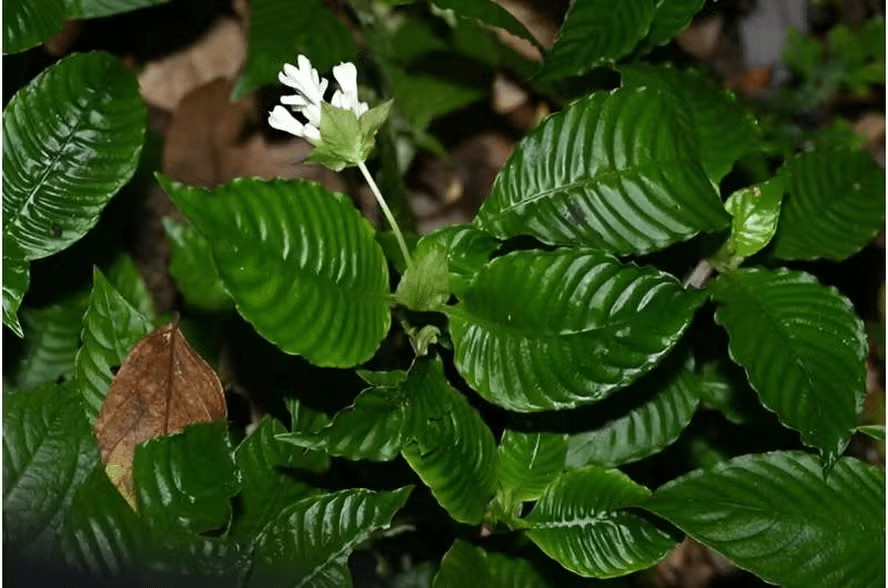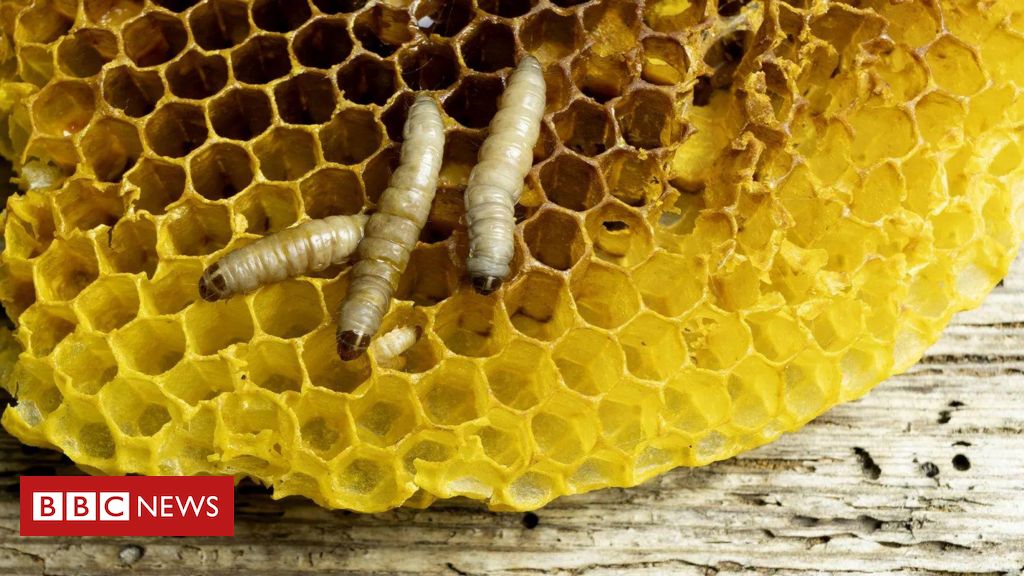
During a botanical expedition to the Yuanyang Guanyinshan Nature Reserve in China, researchers from the Xishuangbanna Tropical Botanical Garden (XTBG) of the Chinese Academy of Sciences made a remarkable discovery – Classify Unknown from Rubiaceae, it belongs to the same family as ixoras.
This exciting discovery adds a new page to the huge biodiversity book, providing valuable insights into the region's rich flora.
Photo: Tan Yuen Hong/revistacasaejardim.globo.com
Little-known species of Rubiaceae: a novelty to science
After careful examination and comparison with plants of the same genus – _Leptomischus_ – scientists confirmed that the specimen is scientifically unprecedented.
Leptomischus, a genus of plants in the Rubiaceae family, includes ten species, some of which are of economic importance in medicine, horticulture and food production.
these the plants It is found in specific regions such as Myanmar, India, Vietnam and China. The new species has been named Leptomischus bracteosus, in reference to its distinctive bracts.
The results of this remarkable discovery were published in the prestigious scientific journal Phytotaxa, expanding knowledge about the region's plant diversity.
Characteristics of Leptomischus bracteosus
Leptomischus bracteosus, described as a perennial herb, was identified at altitudes between 1750 and 1850 meters in Yuanyang County, located in Yunnan Province, China.
Its natural habitat includes wet areas along a stream in an area known as the broadleaf forest. The plant's distinctive growth and unique bracts were key elements that highlighted it as a new species to scientists.
Challenges of conservation and “vulnerable” classification.
Despite the excitement generated by this discovery, Leptomischus bracteosus faces significant conservation challenges.
With only two populations identified and threatened by forest fragmentation and habitat degradation, researchers assessed their conservation status as “vulnerable.”
This classification follows the standards of the International Union for Conservation of Nature (IUCN), emphasizing the urgent need for conservation measures to ensure the survival of this new plant species.
The impact of the discovery on understanding local biodiversity
The discovery of Leptomischus bracteosus not only enriches scientific knowledge about native plants, but also highlights the continuing importance of preserving natural ecosystems.
Biodiversity is a critical indicator of environmental health, and the identification of new species highlights the need for strong efforts to conserve these botanical treasures.
The discovery of Leptomischus bracteosus in Yuanyang Guanyinshan County Nature Reserve is a testament to the vast and unexplored world of biodiversity.
As scientists uncover nature's secrets, these new species of rupees highlight the continuing importance of plant research and environmental conservation.
Leptomischus bracteosus is not just an addition to the species list, but a call to action to conserve and appreciate the unique diversity that nature provides.

“Proud explorer. Freelance social media expert. Problem solver. Gamer.”







